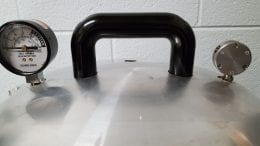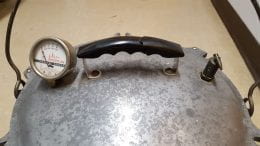 Clean label. Organic. Natural. Preservative free. The list goes on. These messages are bombarding consumers when shopping for food. Are these messages helping or just confusing? Researchers at Alabama A&M University are working to crack the myths and confusion.
Clean label. Organic. Natural. Preservative free. The list goes on. These messages are bombarding consumers when shopping for food. Are these messages helping or just confusing? Researchers at Alabama A&M University are working to crack the myths and confusion.
It is assumed that organic foods are healthier, safer, and contain less synthetic pesticides and fertilizers. Plants have a natural defense system of bioactive phytochemicals. So, it is assumed, that because organic foods are not treated with synthetic pesticides, they would have more bioactive phytochemicals. Many research studies have been conducted on this concept and are inconclusive. Nutrient content varies by growing region and the soil in which the plants are grown. This is true whether a food is grown organically or conventionally. Therefore, nutrient content between them is not statistically different.
As far as food safety from microbial contamination, when foods that are considered organic, natural, clean, or minimally processed, they can be at a higher risk of causing foodborne illness. These types of foods do not have protection from preservatives and antimicrobials. All foods, no matter the label or growing method, are at risk of microbial contamination. When scientifically proven technology makes food safer, what will it take for consumers to truly understand these benefits?
Source: Food Technology, April 2019






